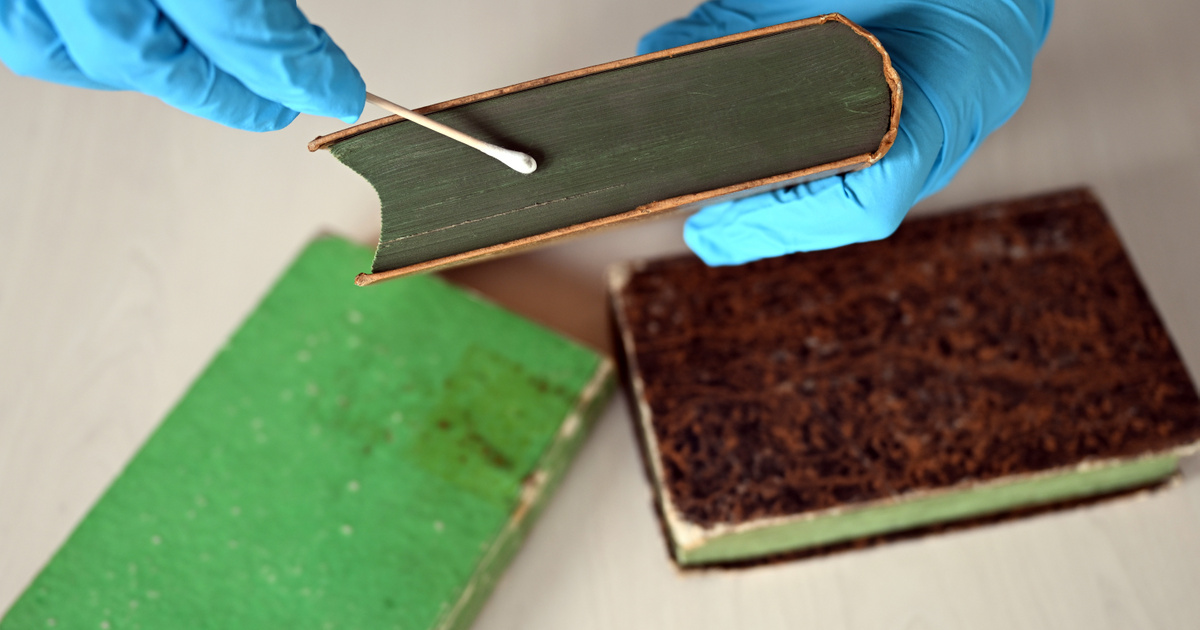The chemical analysis of 19th- and 20th-century books has become a global movement. The problem is that our ancestors unknowingly used highly toxic materials to produce the stunning colors of linen bindings—those who find refuge in libraries from the chemicals and microplastics that threaten the modern world won’t be hurt to know that the smell of such books is also toxic.
In April, four books from Great Britain were removed from the shelves of the Bibliothèque Nationale de France because of high levels of arsenic in their covers. Bright green paints containing arsenic were popular in the Victorian era, but the problem is not limited to these books.
The University of Delaware’s Poison Book Project maintains one of the world’s most unique catalogs of potentially toxic antique books. This is a database in which the chemical analysis method performed on the linen binding also serves as descriptive data. The pages of the book and the paints used in the illustrations are not tested, only the arsenic content of the binding parts is tested. They also have a special program to detect old books that are yellow, orange or light brown in color and contain chromium—but that’s not all.
Name of the rose
As for the spread of books, the invention of printing was the turning point in the 15th century, but it was with the Industrial Revolution that they became a truly cheap mass product, from the end of the 18th century. The beautiful and striking colours of the binding represented a great marketing value, so all sorts of new dyes were used with taste. This is how the canvas, sometimes containing lead, chromium, arsenic or mercury, met the reader's hands.
The once popular emerald green was created by the German-Swedish chemist Carl Wilhelm Scheele from copper and arsenic in 1775. Victorian Britons couldn't get enough of it on wallpaper, but it was also used as a food colouring, and was so popular that despite its relatively quick toxic properties, it didn't disappear for decades.
However, it is not just green paint that can be a problem. Also commonly used was the fiery red cinnabar, which, being a mercury sulfide, actually poisoned the ancient cave painters and Mesoamerican civilizations. Then there is the aforementioned toxic lead chromate, whose yellow color Vincent van Gogh also loved.
Experts have identified 313 toxic books, but the work is not over yet. The general trend is that For some reason About half of the 19th century volumes are toxic. The concentration of toxins is particularly high on the yellow covers, up to six times the healthy limit, but that's the small problem. The yellow chrome coating is difficult to dissolve and therefore difficult to absorb. On the other hand, the emerald green dusts off easily and loves to be absorbed, and in fact, its evaporation can also be toxic.
Experts calibrate the appropriate level of fear and trembling so that in case of severe arsenic poisoning, one would have to eat such a book with a knife and fork, until then, based on their own protocol, it can be handled with gloves instead of direct contact. You should also avoid touching your nose or rubbing your eyes with the glove, but there is no harm in preparing for irritation of the mucous membranes of the trachea, nose and eyes.














































